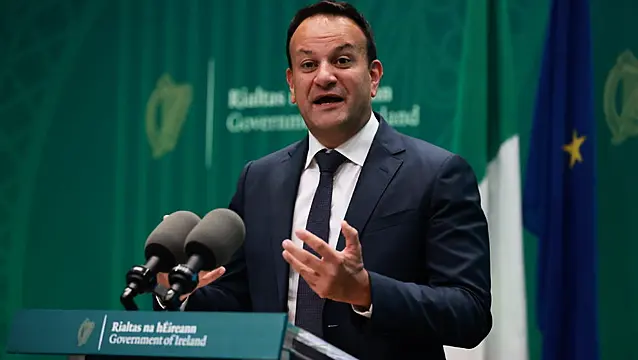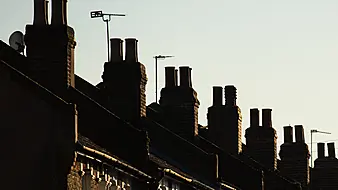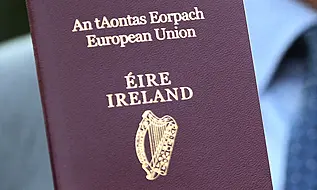The Government’s new child poverty unit should ensure that cost-of-living increases do not “undermine” social welfare supports such as the working family payment and the increase for a qualified child, according to the Taoiseach’s strategy for the office.
Launching his plan to end child poverty, Taoiseach Leo Varadkar said “happy childhoods are the foundation for realising broader economic, environmental and social goals”.
“Progress in recent years shows it is possible to provide every child with the best start in life.”
The plan sets out a vision to establish Ireland as “the best country in Europe to be a child” by creating conditions for all children to be well and happy.
It focuses on reducing the cost of education, mitigating family homelessness, access to services, improving early learning and care, providing income supports for families as well as opportunities in arts, culture and sports.
Mr Varadkar said: “We must give everyone the best start in life, empowering them to make the most of that start through education, equal opportunities, and good jobs to work towards a better future.
“Child poverty undermines that start and steals futures, and that is why I am determined that in the coming years we will make a lasting and life-changing difference across all six of the areas identified in this programme.
“This approach includes ensuring a specific focus on child poverty at budget time.
“The annual budget is a critical moment in which Government articulates its ambition for the coming year. Given the Government’s commitment to reducing child poverty, I will make sure that the Budget reflects our ambitions for children.”
Mr Varadkar announced his intention to launch a child poverty unit in December of last year and the initial programme plan for the office, published on Tuesday, sets out ambitions for the first 2.5 years until the end of 2025.
Figures in the plan state that 185,000 children (15.2 per cent of all children in Ireland) were at risk of poverty as they live in households with an income of less than 60 per cent of the median disposable income.
Approximately 92,000 lived in households below this level and where there was enforced deprivation, meaning they went without basic items because they could not afford them.
The document notes that, while calculated in a different way to the national measure, compared to the EU, Ireland’s rate of poverty and social exclusion for under 18-year-olds is slightly below average – 22.8 per cent for Ireland in 2021, compared to 24.4 per cent for the EU27 (Eurostat).
The Department of the Taoiseach said: “However, this is no reason for complacency. In 2021, there were 16 European countries with lower child poverty rates than Ireland.”
The report features testimonials from children in an online survey conducted by the Ombudsman for children.
One 11-year-old child raised the cost of housing as a concern: “My family have rented in the same place for years and are now being asked to move because they are selling the house.
“I cried, I don’t know where I am going to live. Things are very expensive and my mam sometimes has little money.”
According to the latest figures from the Department of Housing, there were 3,765 children in 1,804 families accessing emergency accommodation between the 19th and 25th of June.
A total of 1,013 of these families were single parents.
The child poverty office is to work with Government departments for developments on income and employment opportunities for lone parents.
The plan says there will be a focus on continuing State investment in early learning and care (ELC), aimed at ensuring high quality and accessible ELC places to all children, but particularly very low cost or free childcare for the families with the lowest incomes and the expansion of the Access and Inclusion Model (AIM).
It seeks to expand the provision of free school meals and alleviate the cost of secondary school resources as well as implement preventative strategies for families at risk of homelessness.
The child poverty office is also tasked with producing an annual report on progress in the areas of priority.
To support the preparation of a “child poverty budget”, Government departments are asked to outline how their overall spending will impact on child poverty and the priority areas of the unit.







